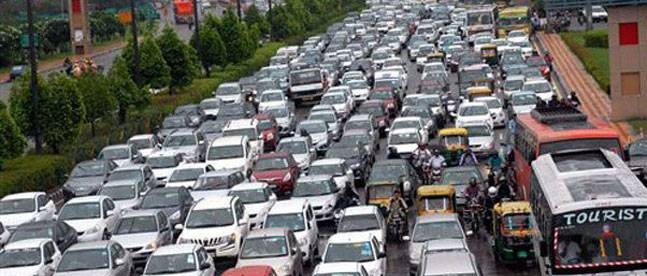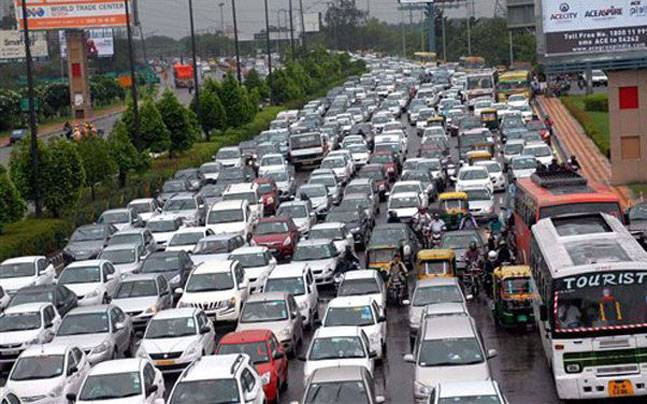Is Zero Odd or Even? How India Drove Around the Problem


Zero is an even number. Let’s get that out of the way.
But if that gave you pause, you’re not alone — it can be a little hard to internalize. That’s why Wikipedia has a surprisingly long entry discussing the subject and why, per a study from the 1990s (as explained by the BBC), “people are 10% slower at deciding whether zero is odd or even than other numbers.”
And it’s also why a bunch of drivers in Delhi were tweeting with glee when they looked at their license plates.
Let’s go back to December of 2015. Delhi, one of India’s largest cities, was facing terrible traffic congestion and even worse air pollution. So the city decided to try a pilot program to reduce both. From January 1 until January 15th of this year, per Gizmodo India, only a limited number of cars were allowed on the road. If your license plate ended with an odd number, you could drive on odd days; if your plate ended with an even number, you could drive on even days. There were a few exceptions (e.g. for emergency vehicles and for electric vehicles, among weirder ones), and the restrictions were only in effect Monday through Saturday, 8 AM to 8 PM. But by and large, the last number on your license plate told the story of your driving life — unless you were willing to pay a fine of 2,000 rupees (about $30).
Whether the program worked is debatable, but it certainly had some problems. The silliest came when some people concluded (incorrectly) that zero was neither even nor odd. Per the Hindustan Times, many of them took to Twitter to gleefully share the loophole they found. The overall plan was already being ridiculed by many and in the press, and the idea that you were immune to the law’s reach if your license plate ended with 0 spread, just added a false layer of schadenfreude to the whole mess. Of course, the glee was misplaced — once again, zero is an even number — but the government decided to act anyway. Just a few days before the Even/Odd rule went into effect, the authorities announced that zero would be treated as an even number (which makes sense, as it is one, but that’s neither here nor there).
But don’t blame India for its citizen’s failings in understanding this aspect of zero in the first place — blame the lawmakers for not anticipating the problem. Many other areas which have used the even/odd license plate scheme as a queuing or rationing system have done so, after all. For example, after Hurricane Sandy ravaged the New York metropolitan area, the city instituted an even/odd system for gasoline rationing. The text of the law? Per the above-linked BBC article, “those with license plates ending in an even number, or the number zero, will be able to buy gas or diesel only on even number days” — just in case there was confusion.
Bonus Fact: When is a zero not a zero? When it’s a Tic Tac. If you check out the nutritional info on the back of a pack of Tic Tacs, you’ll see that it lists zero grams of sugar. (Don’t take my word for it; click here for an image.) So they’re sugar-free, right? Not quite. if you look at the ingredients, you’ll see that the first ingredient is “sugar.” Wikipedia explains: “US federal regulations state that if a single serving contains less than 0.5 g of sugars it is allowable to express the amount of sugar in a serving as zero, and since a single serving of Tic Tacs is a single Tic Tac, Tic Tacs are labeled in the US as containing zero sugar.” (Also: the fact that a single Tic Tac is one serving is ridiculous.)
From the Archives: All You Need is Egg: Why “love” is tennis for “zero.”
Take the Quiz: Can you name the phrases and things that contain the word ‘zero’?
Related: “Zero: The Biography of a Dangerous Idea” by Charles Seife. A book on the history of zero. 4.1 stars on 242 reviews, none of which are zeroes (but probably only because Amazon doesn’t go that low).
